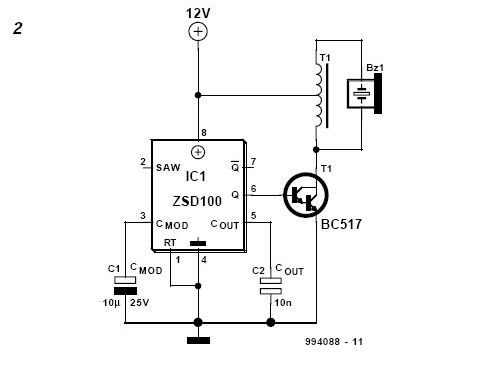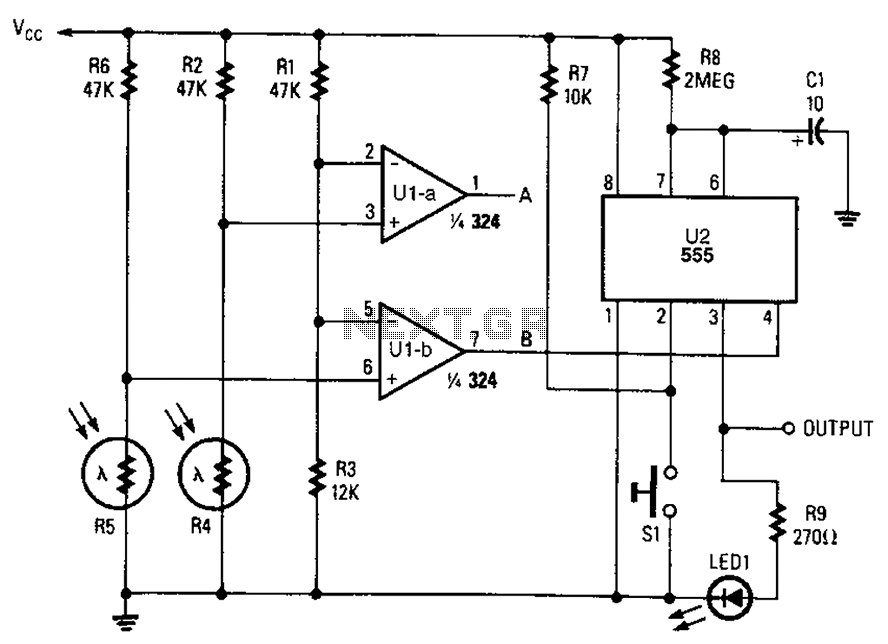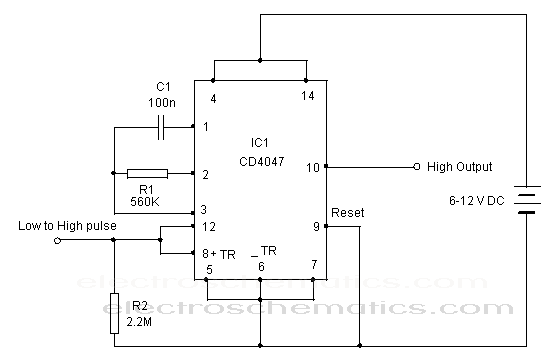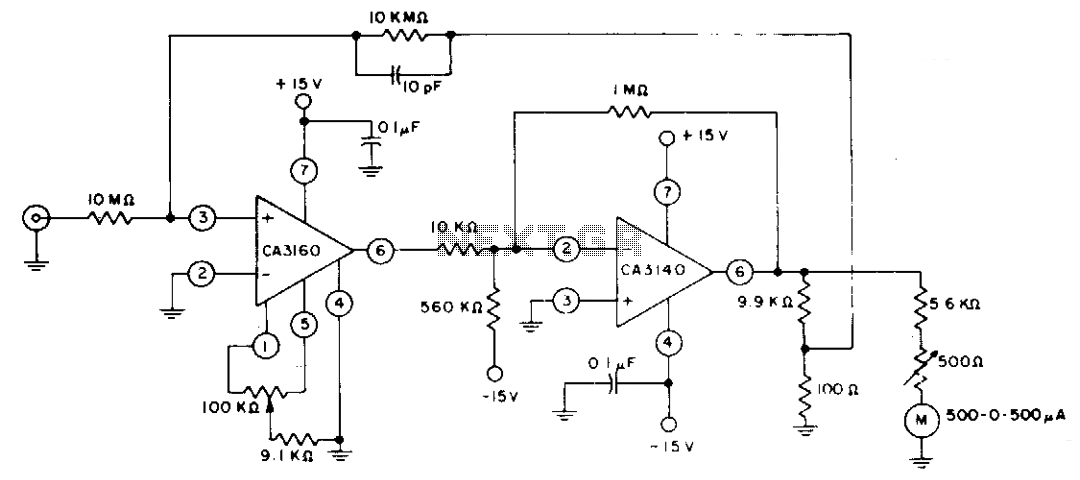
remote tester circuit

This is a remote tester circuit designed to test TV and other remote controls. The circuit is simple and utilizes only a few components. The infrared sensor used in the circuit is the TSOP1738. When the infrared waves are received by the sensor, it will activate the circuit.
The remote tester circuit primarily consists of the TSOP1738 infrared receiver, which is sensitive to infrared signals emitted by remote controls. The TSOP1738 operates at a frequency of 38 kHz, making it suitable for most consumer remote control applications. The output of the TSOP1738 is connected to a microcontroller or a simple LED indicator.
When a remote control button is pressed, it emits infrared signals that are detected by the TSOP1738. The sensor converts these signals into electrical pulses, which can be processed further. If connected to a microcontroller, the output can be interpreted to indicate which button was pressed, allowing for detailed testing of the remote's functionality. Alternatively, when connected to an LED, the LED will illuminate to confirm that the infrared signal is being received.
The circuit can be powered by a standard 5V supply, which is commonly available in many electronic devices. Additional components may include resistors to limit current to the LED and capacitors for noise filtering, ensuring stable operation.
This simple yet effective remote tester circuit can be invaluable for troubleshooting and verifying the operational status of various remote controls, making it a useful tool for both technicians and hobbyists in the field of electronics.Here is a remote tester circuit or remote checker circuit which can be used to test TV and other remote controls. The circuit is very simple using only few components. The infrared sensor used in the circuit is TSOP1738. When the IR waves received by the infrared sensor it will make the 🔗 External reference
The remote tester circuit primarily consists of the TSOP1738 infrared receiver, which is sensitive to infrared signals emitted by remote controls. The TSOP1738 operates at a frequency of 38 kHz, making it suitable for most consumer remote control applications. The output of the TSOP1738 is connected to a microcontroller or a simple LED indicator.
When a remote control button is pressed, it emits infrared signals that are detected by the TSOP1738. The sensor converts these signals into electrical pulses, which can be processed further. If connected to a microcontroller, the output can be interpreted to indicate which button was pressed, allowing for detailed testing of the remote's functionality. Alternatively, when connected to an LED, the LED will illuminate to confirm that the infrared signal is being received.
The circuit can be powered by a standard 5V supply, which is commonly available in many electronic devices. Additional components may include resistors to limit current to the LED and capacitors for noise filtering, ensuring stable operation.
This simple yet effective remote tester circuit can be invaluable for troubleshooting and verifying the operational status of various remote controls, making it a useful tool for both technicians and hobbyists in the field of electronics.Here is a remote tester circuit or remote checker circuit which can be used to test TV and other remote controls. The circuit is very simple using only few components. The infrared sensor used in the circuit is TSOP1738. When the IR waves received by the infrared sensor it will make the 🔗 External reference





